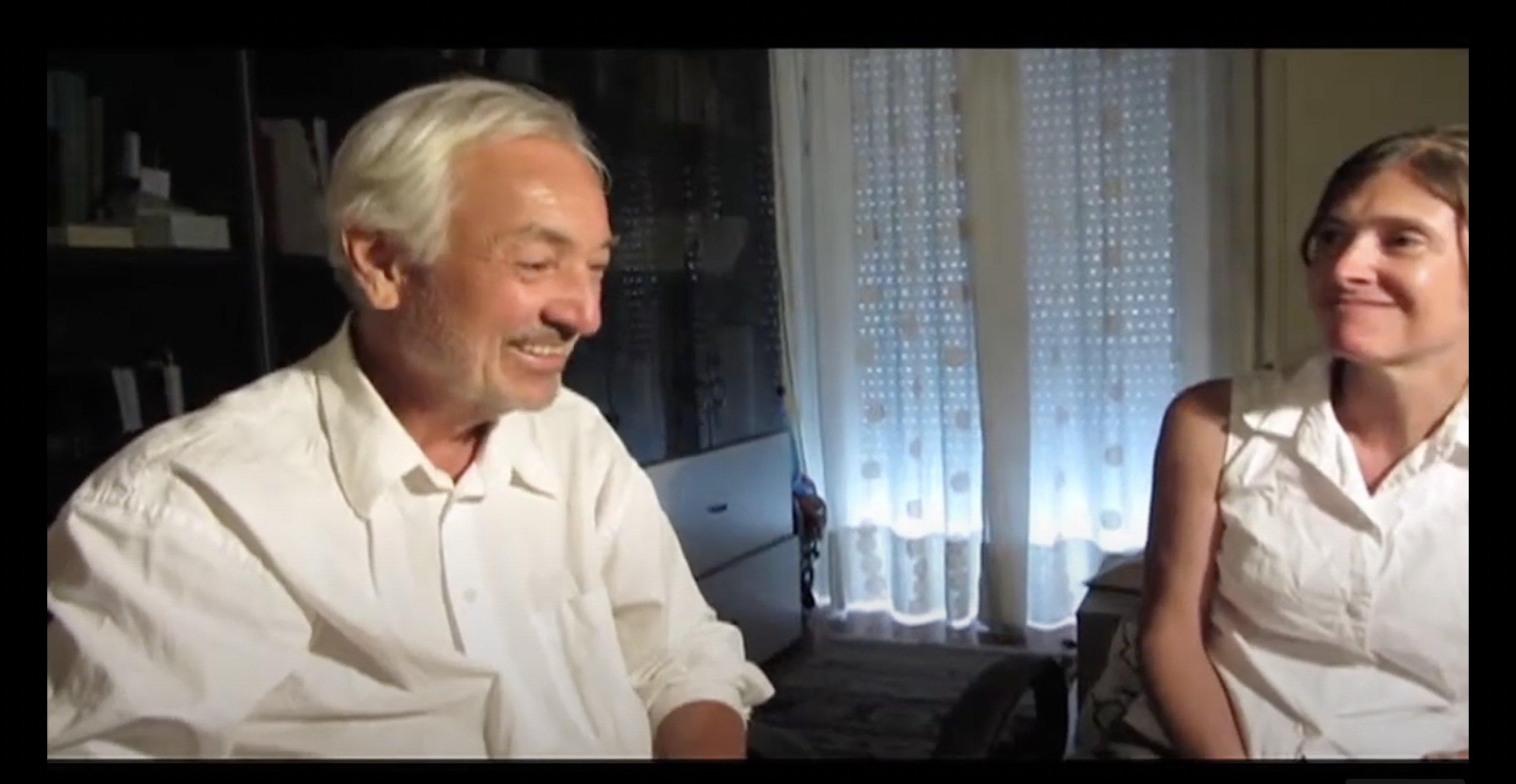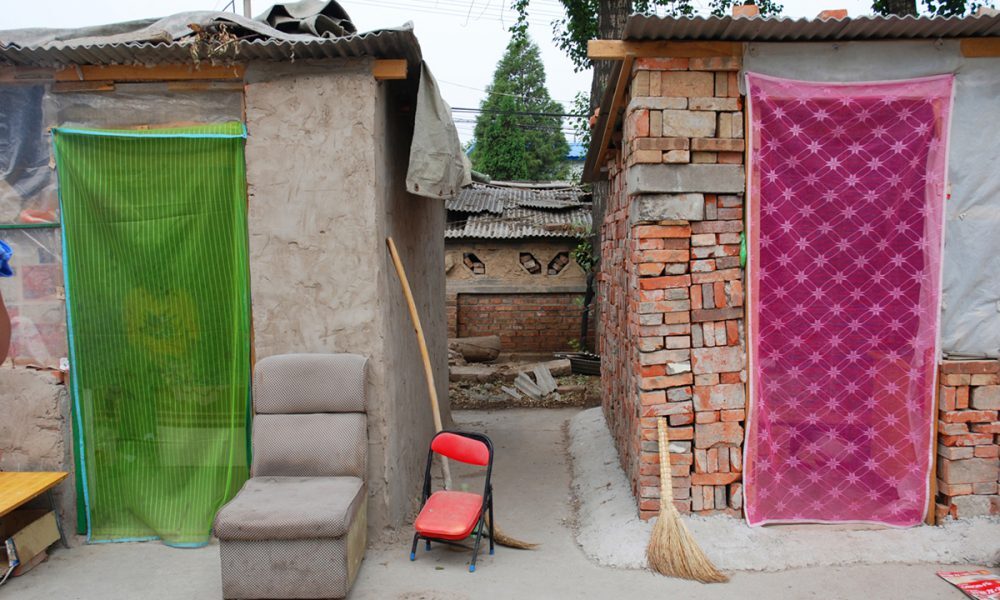Robert Mangurian, Critical Figure in SCI-Arc’s Formation and History, Has Died
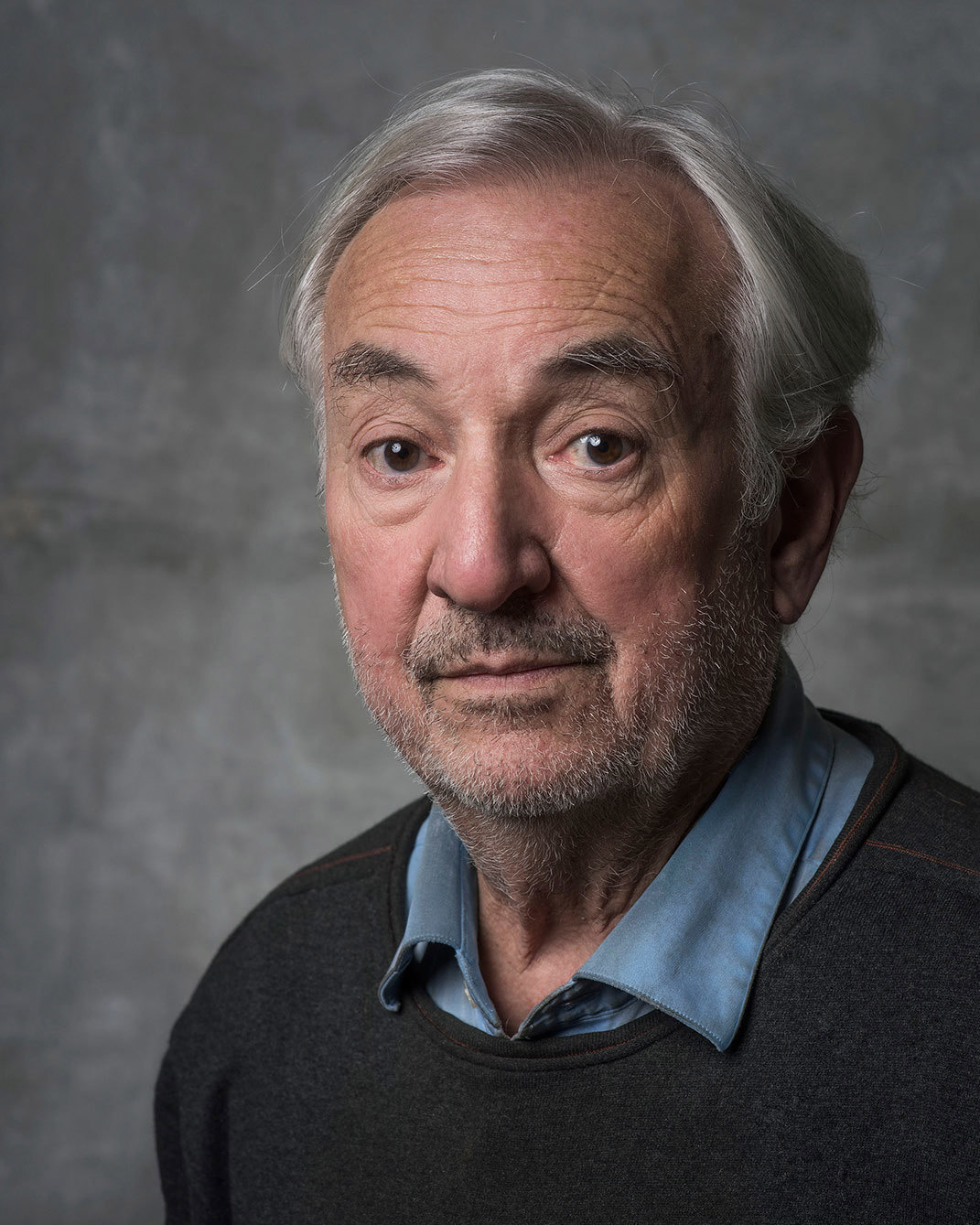
SCI-Arc is deeply saddened to share that Robert Mangurian, architect, educator, and crucial part of SCI-Arc’s foundation, has passed away. As the director of the school’s graduate program from 1987 and 1997, he was integral to its development as an institute for architecture, whose influence has carried through five decades into what SCI-Arc is today.
Robert Mangurian, born in 1941 in Baltimore, was a West coast-based architect, and joined, alongside his partner and fellow SCI-Arc faculty Mary-Ann Ray, Studio Works Architects in Los Angeles. He was also a co-founder and director of BASE Beijing. Educated at Stanford University and the University of California at Berkeley, and in addition to serving as faculty at SCI-Arc until 2018, Mangurian held teaching appointments as visiting Saarinen Professor at Yale University, Harry S. Shure Visiting Professor at the University of Virginia, Taubman Professor at the University of Michigan, Wortham Professor at Rice University, and a Visiting Lecturer at Harvard University.
Studio Works is a world-renowned, award-winning design firm whose design work and research have been widely published. Mangurian and Ray—both architects, authors, and designers in their own right—were awarded the prestigious 2001 Chrysler Design Award for Excellence and Innovation in an ongoing body of work in a design field. In 2002, the Chrysler Design Award recognized the entirety of his approach, marked by research and innovation. In 2008, they were awarded the Stirling Prize for the Memorial Lecture on the City by the Canadian Centre for Architecture and the London School of Economics. Both Mangurian and Ray were Rome Prize recipients and Fellows of the American Academy in Rome.
Mangurian spent his architecture career, with Ray, working on projects involving architectural intervention on the urban environment and the private space of the home. With different artists, he also developed an interest in the rehabilitation and transformation of collective spaces. Working with James Turrell, he worked on the development of the Roden Crater, an extinct volcano in the Arizona desert.
SCI-Arc founding faculty Shelly Kappe, shares, "Robert Mangurian became Chairman of the Graduate Program in 1987, and successfully held that position for ten years. During that time, he supported the European Studies Program in the SCI-Arc villa in Vico Morcote (Lugano), Switzerland by giving graduate students the opportunity to travel and study abroad, for which they received credit. Mangurian also inaugurated the popular custom of inviting guest critics from all over the world to jury the student presentations, making them a more exciting event. This has continued to the present day, and has also influenced other schools."
“Robert was a giant, both as an architect and in the formation of SCI-Arc into what it has become,” adds SCI-Arc Director Hernán Díaz Alonso. “His influence in the architectural landscape in Los Angeles, Southern California, and the world at large has been massive, as well as his talent and generosity as an educator. He will be deeply missed.”
To view a selection of lectures Robert delivered at SCI-Arc, please visit the SCI-Arc Media Archive.
*Editor's Note: An earlier version of this article credited Mangurian as founding Studio Works, as SCI-Arc's announcement and a few other sources mention as well, but Craig Hodgetts reached out to us to confirm that Mangurian had joined the already established firm after Studio Works had already found success.
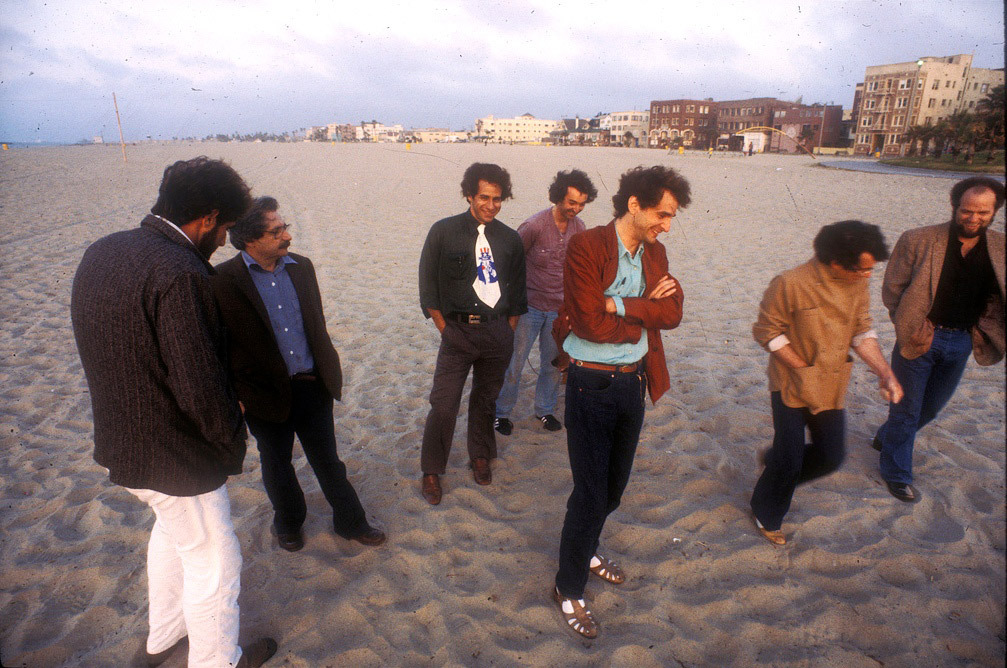
Seven of the architects who participated in the Architecture Gallery, from left: Frederick Fisher, Robert Mangurian, Eric Owen Moss, Coy Howard, Craig Hodgetts, Thom Mayne, and Frank Gehry at Venice Beach, 1980. (Ave Pildas / Southern California Institute)
“Losing a friend is always difficult, and I am sad. With losing Robert, I feel we, SCI-Arc, the discipline of architecture, and in a real sense the world has lost a rarity—a man of intense commitment and passion in all areas of his life. Robert knew his gift was giving and he gave to us all, always freely, and often fiercely. Love you Robert.”
— Coy Howard
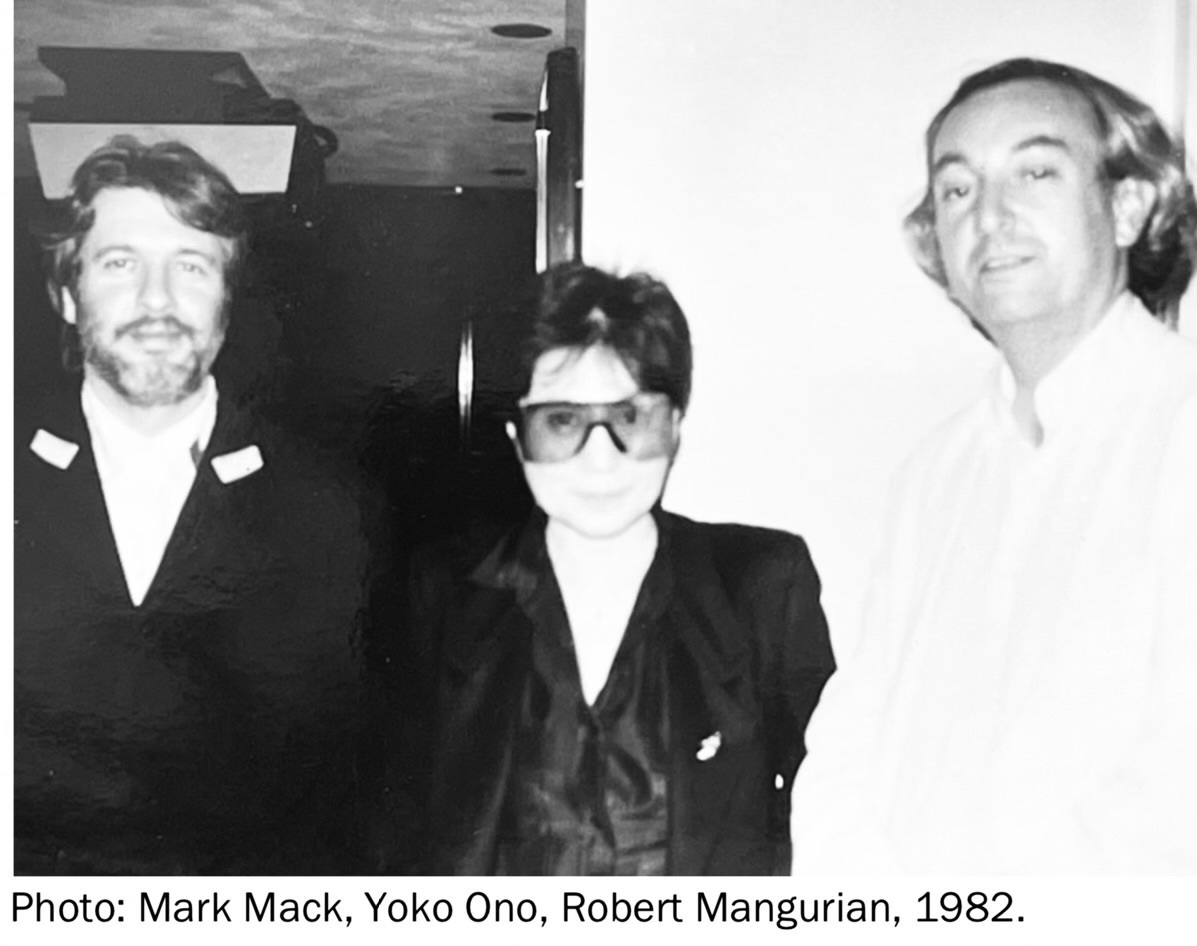
To Mango—
‘An architect’s reach should exceed his grasp.
Or what’s architecture for?’
‘Time and the River’,
Thomas Wolf said.
‘Drop your architecture in the river,’
Gideon said.
Time adjudicates.
‘See if it floats,
From the past to the future.’
Mango floats to the future.
Mango’s promise to architecture.
Mango as architecture’s promise.
Principle as principle.
Transient the dote.
Perseverance the antidote.
The query:
Not what’s new?
(And what’s not?)
But what’s new about what’s new?
Less what the profession thinks
More what we think about what the profession thinks.
Less what the academy thinks.
More what we think about what the academy thinks.
Mango architecture.
Eye’s eye.
Hand’s hand.
Heart’s heart.
Mango, the method:
Imagines.
Makes.
Interrogates.
Contests.
Reimagines.
Reimagines the reimagining.
In perpetuity.
Less me vs you.
More me vs me.
Mango’s lesson:
Fit and misfit?
Misfit’s a perfect fit.
Suddenly Hadrian.
Old tablets and new.
Old ain’t only old.
New ain’t always new.
The Mangurian story amends architecture’s story.
An architect’s reach should exceed her grasp.
Or what’s architecture for?
— Eric Moss
"With the passing of Robert Mangurian, we have lost a luminary, an inspirational figure and a teacher, all bundled into a messianic messenger determined to make architecture matter. Yes, he was mercurial. Yes, he could be scathing. And yes, he could cut to the bone. But as my friend and sometimes conscience for more than fifty years, he almost always got it right. By refusing to compromise on the smallest detail, and demanding larger-than life ambitions from his students, while reminding them of the true greatness to be found in antiquities, he inspired generations of architects whose practice continues to reflect his principles even today. As a fondness for things Italian led him to exhaustive documentation of the overgrown estate at Hadrian’s Villa with his lifelong partner MaryAnne Ray, and later to a stint farming olives for their brand of olive oil, Robert’s commitment to quality – of thought, of perception, and to results, was legendary. From his earliest work with Studio Works, helping to complete our shop for Creative Playthings, to camping out in Columbus with our clients during the design of the Southside Settlement, he gave unstintingly of himself to the “work,” as he called it. And that’s what it was: down and dirty, with hands-on effort as its own reward. That ethos, that devotion to the task at hand rather than a portfolio of accomplishments – rare in its day, and unheard of today - lay behind his most fertile imaginings.
For many years Robert’s life revolved around teaching. First at UCLA, and later he had a significant impact on the Masters program with his legendary Thesis Review events at Sci-Arc. I especially remember our crocodile tears about the ones that got away – Lancias, Alfas, Abarths, and an Osca that he had tracked down in Orange County that neither of us could afford, and the abortive but immensely satisfying deconstruction of one of his beloved Lancias as an exercise in documentation undertaken at SciArc’s original Santa Monica campus.
As a friend and collaborator, sharing margaritas at a Rose Avenue Taqueria, searching for tools for our workshop, or creating materials for our lectures, his quest for excellence and originality was unwavering, and often enticingly innocent: witness “Ploopers”, his name for the looping busses that shuttled fairgoers to memorial sites up and down the Eastern seaboard during our proposed design for the New York World’s Fair, or the doppelganger we proposed for a civic plaza in Minneapolis. Often festooned with sly references and oblique imagery, like the Arc that he and MaryAnne designed for an Armenian school, he embraced covert humor as well as discipline in his projects, leaving critics, visitors, and users alike with knowing smiles and nodding heads. – infusing what might have been just another building with meaning and references. The picaresque legacy of a quiet architectural genius. I will miss him."
— Craig Hodgetts

